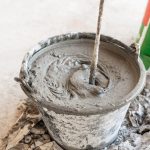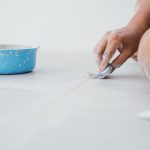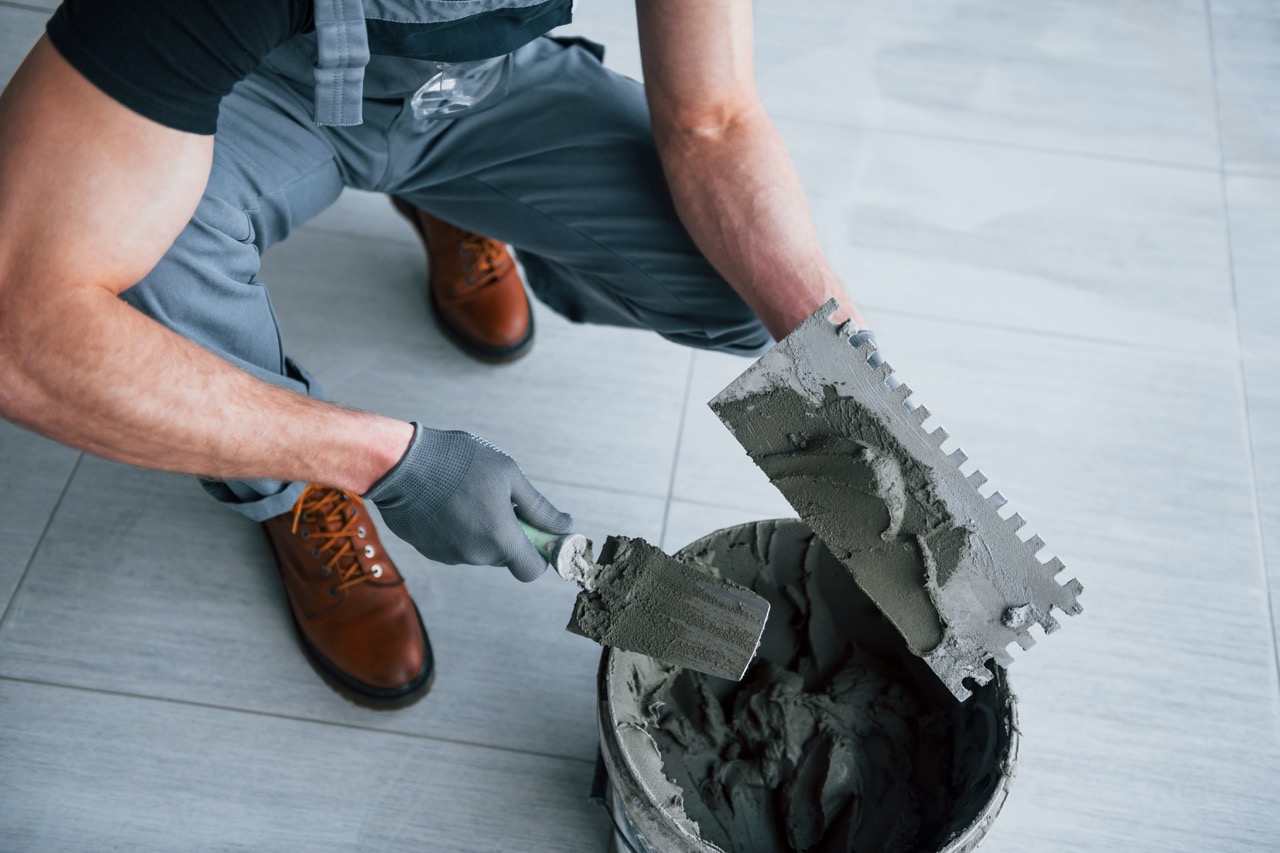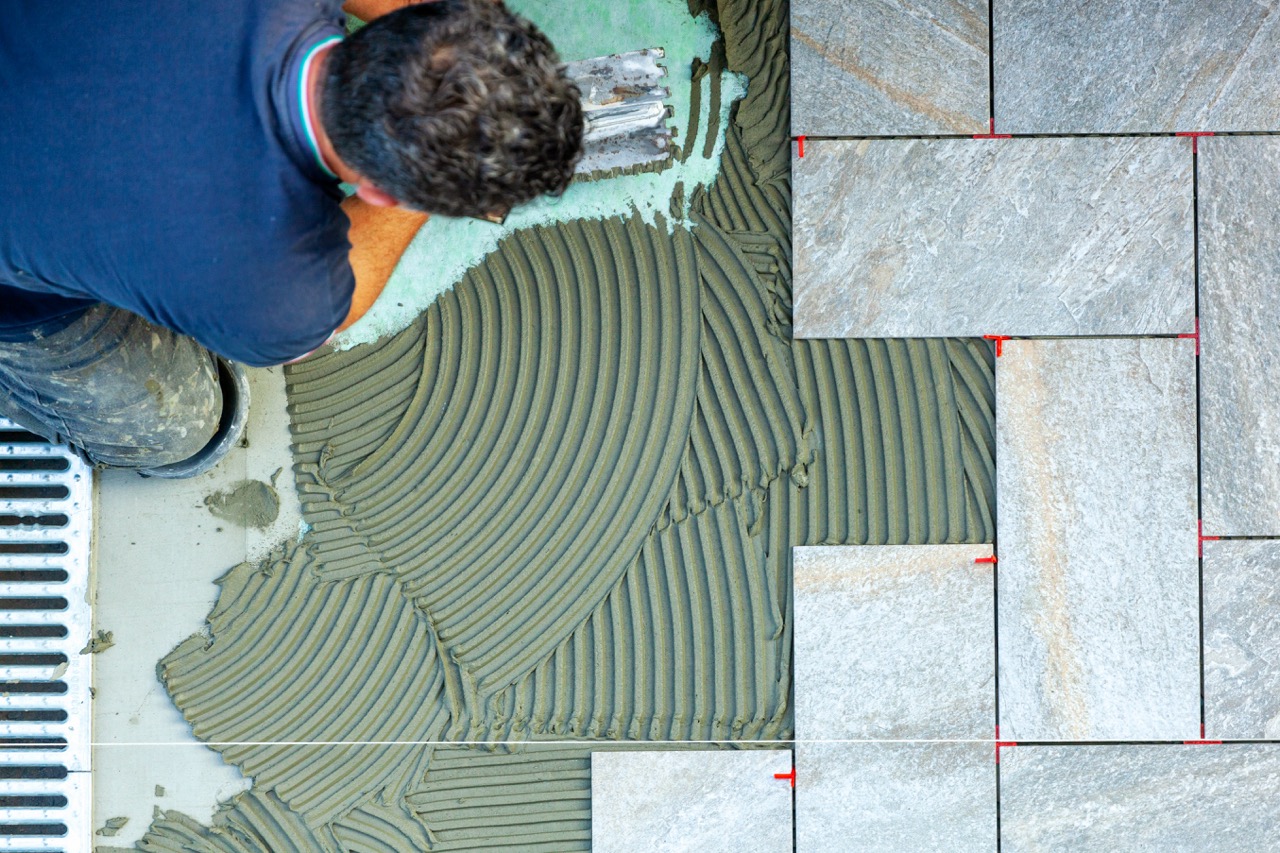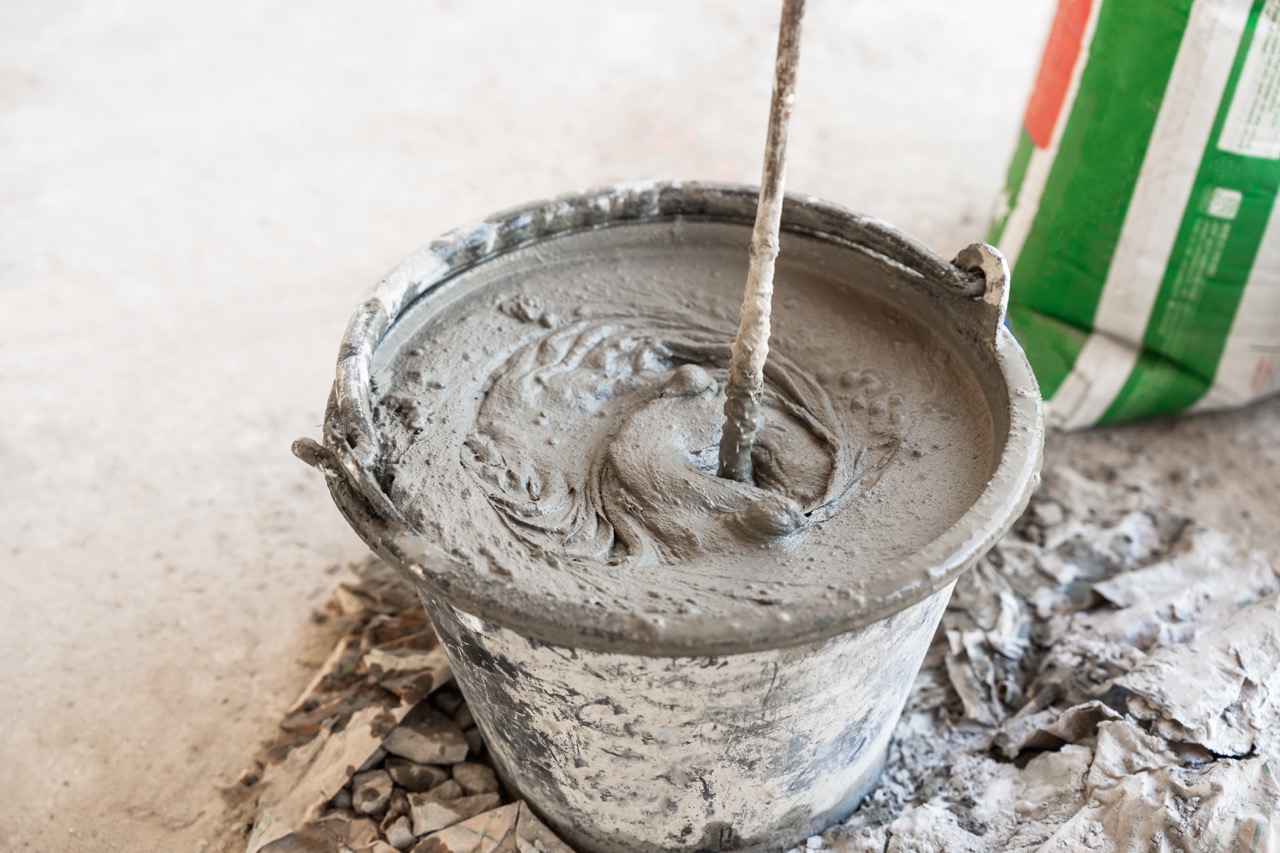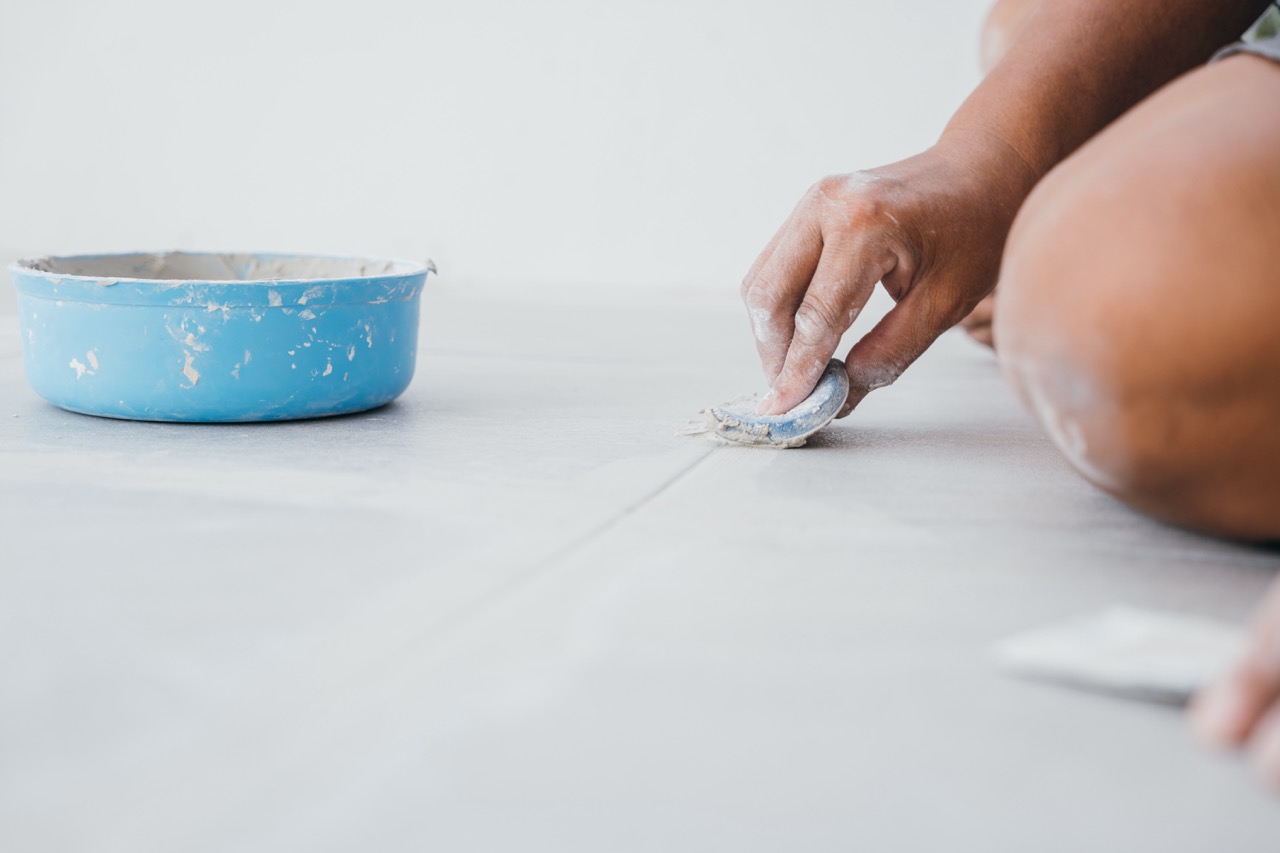Keeping your bathroom tiles looking clean and fresh can feel like a never-ending chore. Over time, grout lines collect dirt, stains, and discoloration that no amount of scrubbing seems to fix. Thankfully, a grout pen provides a simple and budget-friendly way to instantly improve the appearance of your tiled surfaces without having to regrout. Whether you’re updating a few areas or giving your whole bathroom a mini-makeover, using a grout pen is an easy DIY solution anyone can manage.
Easy Steps to Refresh Bathroom Tiles with a Grout Pen
The first step is to make sure the grout lines are clean and dry before you start. Wipe away any dust, soap scum, or residue since this helps the pen’s ink adhere properly. A quick scrub with a mild cleaner and an old toothbrush usually does the job. Once you’ve cleaned the area, let it dry completely, because applying a grout pen on damp surfaces can cause smudging or reduced coverage.
Next, shake the grout pen well and test it on a small section before tackling the entire tile area. Most pens require you to press the tip down a few times to get the ink flowing. Work slowly along the grout lines, applying steady pressure to ensure even coverage. If you need to, you can go over the same spot twice after the first layer has dried to achieve a brighter finish.
Once you’ve finished covering all desired grout lines, give them enough time to dry completely. Depending on the brand, this could take a few hours. If you accidentally get some ink on the tiles, don’t panic—simply wipe it off with a damp cloth before it dries. After drying, you’ll immediately notice how much fresher and cleaner the tiles look, almost like a newly tiled bathroom without the hefty price tag of regrouting.
Quick Tips for Applying Grout Pen Like a Pro
One of the best tips is to choose the right grout pen color. Stick with a shade that matches the original grout for a seamless look, or opt for a contrasting color to create a bold design effect. If you’re unsure, test a small area first before committing to the entire wall or floor.
Another trick is to work in sections rather than trying to cover the whole bathroom at once. This helps you manage the drying process better and reduces smudging if you need to go back over certain areas. It also allows you to fix mistakes more easily without redoing large areas. For high-traffic areas like around the sink or shower floor, adding a second coat often ensures longer-lasting results.
Finally, be patient with the process. Rushing through application can lead to uneven lines or patchy coverage. Keep some cotton swabs or a damp cloth handy for quick touch-ups in case the pen strays outside the grout lines. Once everything is done and dry, avoid using harsh cleaners right away—stick with gentle products to maintain the fresh look of your newly brightened grout.
Restoring the look of bathroom tiles doesn’t require a full renovation. With a grout pen, you can refresh tired grout lines in just a few simple steps, making your space feel brighter and cleaner. By prepping your surface, applying carefully, and following a few easy tips, you’ll achieve a professional-looking finish without the extra cost or mess of regrouting. This simple update can truly transform your bathroom, leaving it looking polished and inviting once again.

